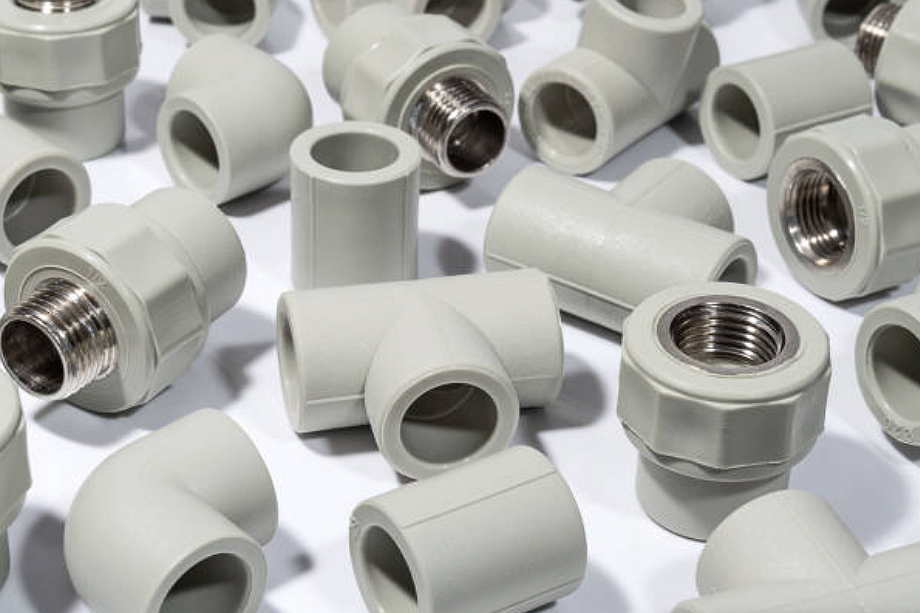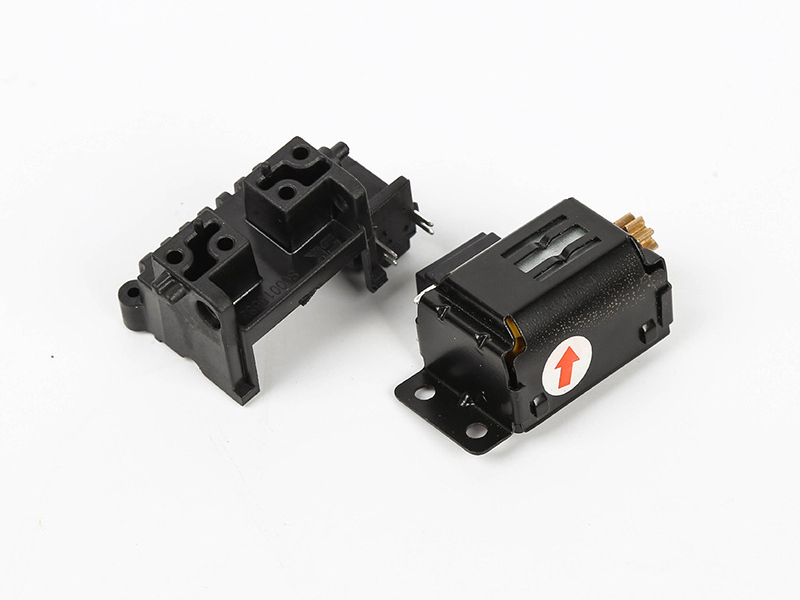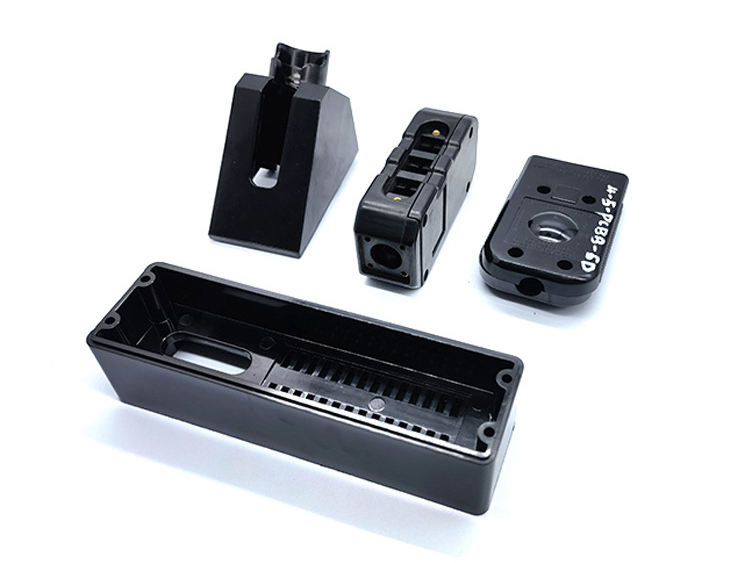How does insert molding enable designers to create more innovative products?
Innovative Products?
Insert molding is a versatile manufacturing process that integrates pre-formed metal, ceramic, or plastic inserts into a single molded part. This technique allows product designers to achieve structural integrity, electrical functionality, and aesthetic refinement that traditional assembly cannot provide.
Integration of Multiple Materials
By combining metal inserts with high-performance plastics through insert molding, engineers can create parts that exhibit enhanced strength and conductivity while maintaining their lightweight characteristics. For example, incorporating brass or stainless steel inserts during plastic injection molding improves load-bearing capacity and thread durability in compact assemblies used in automotive and medical device components.
Enhanced Structural and Functional Design
The process promotes compact, multi-functional designs without secondary joining operations. Compared to standard injection molding, insert molding enables the integration of electronic terminals, threaded bushings, or heat-dissipating cores directly within the polymer matrix. This capability is crucial in the consumer electronics and telecommunication industries, where miniaturization and precision are key to innovation.
Design Flexibility and Material Freedom
Designers can select from a wide range of materials, including engineering polymers such as PBT and polycarbonate (PC), as well as advanced alloys used in metal injection molding (MIM). This flexibility enables the production of hybrid components that combine the toughness of metals with the design versatility of thermoplastics.
Efficiency and Reliability in Production
Insert molding reduces part count and assembly time, eliminating the need for adhesives or fasteners that may loosen over time. Its precision alignment and superior bonding enhance dimensional stability — a critical requirement for power tools, lighting solutions, and other demanding applications that demand consistent mechanical performance.
A Path Toward Sustainable Innovation
By integrating multiple functions into a single component, manufacturers can minimize waste and reduce energy consumption across production cycles. This aligns with modern E-mobility and aerospace design philosophies that prioritize lightweight, durable, and recyclable assemblies.



